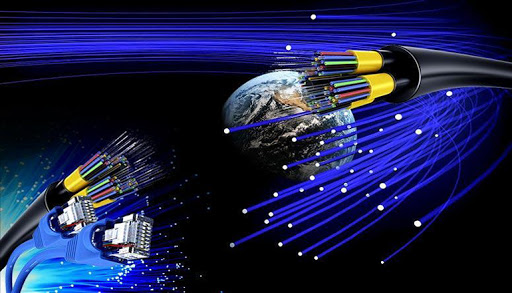5G: The Future Telecommunications Network
Recent History of Mobile Communications Systems
Since 2007, when smartphones created a paradigm shift in communication, telecommunication companies have seen explosive growth. Over the past decade, these businesses have weathered many challenges with sustaining fast, reliable and secure communications for their clients. As the number of mobile devices increased along with communcation traffic signals, more innovative improvements and maintenance were needed on mobile service provider networks. Not to mention that the number of devices that needed to be fixed or refurbished increased as well.
Challenges Facing The Current Network Infrastructure
Right now, communication service providers are at a point where they need an enhanced network infrastructure in order to handle the amount of traffic signals. We are experiencing information overload or paradigm overload. It’s kind of like a denial-of-service (DOS) attack on our communications systems, but it involves humans and not just machines.
As for human involvement, people are becoming overwhelmed and getting lost in the whirlwind of too much information, thus, losing sight of purpose or belonging in society’s big picture. In addition, there is a concern about communication censorship, which is a much bigger problem to tackle. For now, we will focus on the machine aspects of this type of attack.
Rebuilding The Mobile Communications Network Infrastructure
We can counter the machine attack by building a faster, more responsive and secure network than the legacy copper infrastructure that is currently utilized with the 3G & 4G networks. This is where 5G comes into play. Its greatest feature is the security of signals.
Much like the human bloodstream, only about 10-11% of the 5G network consists of wireless small cells, while the other 89-90% of the network is built on wired fiber optic cables, which transmit light through glass. This type of network is immune to electromagnetic and radio frequency interferences, which is why it is more secure and stable than the legacy infrastructure. [Bloemker]
The Future of 5G
5G is still in its infancy stage; it is still being built. We are going to see a network development growth spurt between now and 2035. Get ready for new and improved mobile communications that are faster, more responsive, stable, and most of all, more secure.
References
Bloemker, Diane. Fiber optic vs. 5G wireless networks: A closer look at an emerging debate. https://www.rcrwireless.com/20190220/opinion/readerforum/fiber-optic-5g-reader-forum. February 20, 2019.
